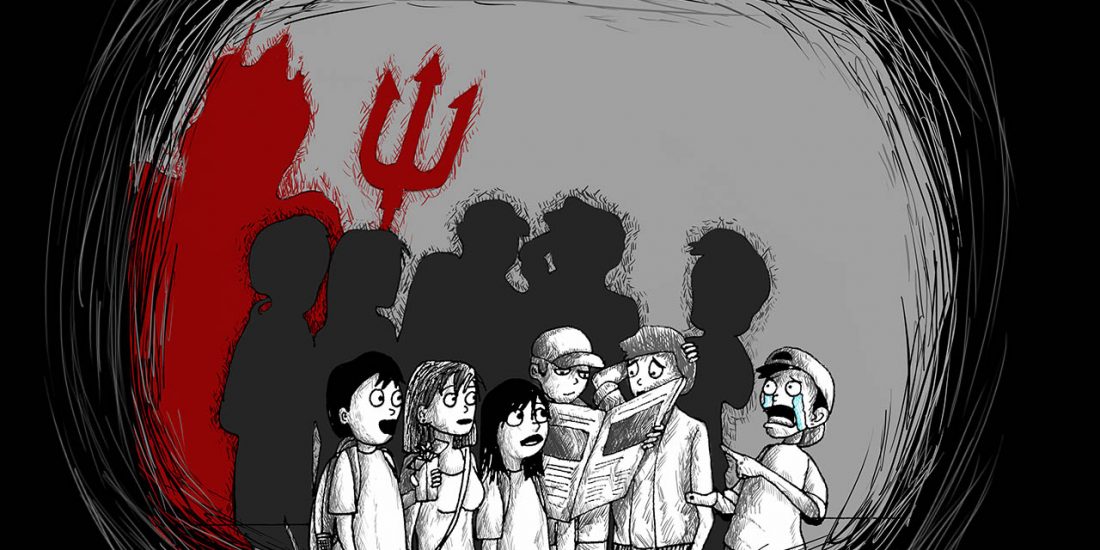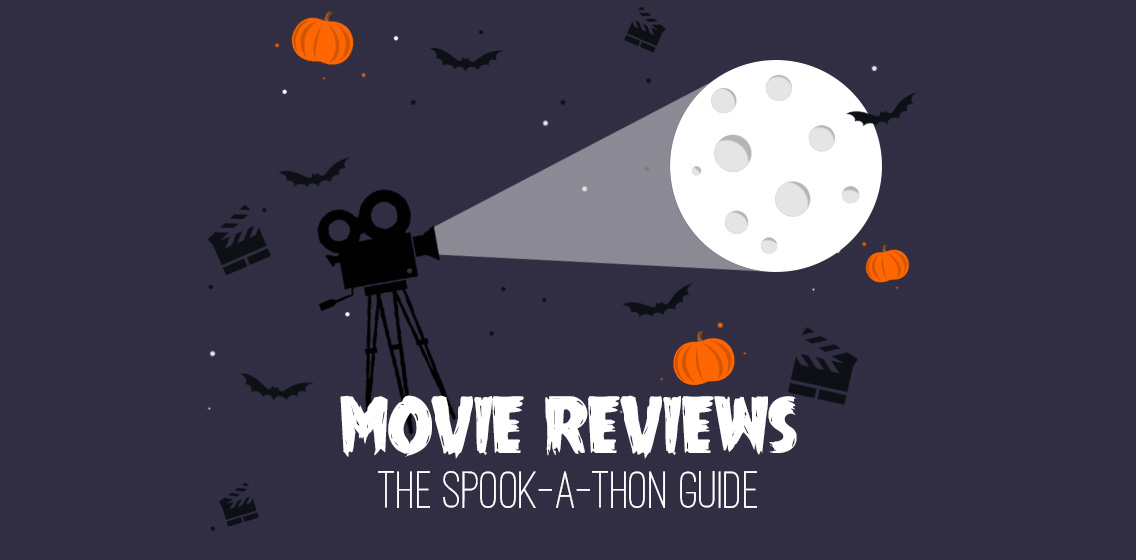You had me at Hallows: The origin of Halloween

When you mention “Halloween,” people usually think of the fun part about it: Jack-o’-lanterns, sweets, and cool costume parties. Then there’s the spooky side of it: remembering the dead, countless TV specials featuring extremely believable ghost stories, and that subtle but uncanny decrease in temperature everytime someone mentions something even remotely creepy. But whatever version of Halloween you’re keener on celebrating, there are several things about the occasion that should be made known to you (and uh, to that strange shadow looming behind you).
Freakypedia
It’s surprising how most of us don’t know this—but Halloween is the contraction of All Hallows’ Eve, a celebration on the 31st of October, followed by All Saints’ Day (All Hallows’ Day) and All Souls’ Day on the 1st and 2nd of November, respectively. These three consecutive days are part of the triduum (a three-day religious observance) collectively referred to as “Allhallowtide”.
According to BBC’s article All Hallows’ Eve, it is widely believed that most Halloween traditions originated from ancient Celtic harvest festivals, particularly the Gaelic festival Samhain, which translates to ‘end of summer.’ The celebration marks the end of harvest season and the beginning of winter (which is also called as the “darker half” of the year). Formerly a pagan practice, Samhain was Christianized by the early church, purposely holding festivals at this time of the year to absorb existing native pagan practices into Christianity. This is when it was renamed as Halloween and was followed by the birth of candle-lighting tradition on the graves of the dead—which of course also brought about ghost stories, scary pranks, and all the other reasons why you’re warily looking over your shoulder every now and then.
If you’re going to visit your dead relatives this week, all this info should help you strike up a conversation with either your estranged cousins (anything to kill that awkward vibe, right?) or a complete stranger for that matter because we all know that every great love story starts with “Oh, it was just a chance meeting at the local cemetery.”
The clothes make the creepy
The most popular tradition of Halloween is, of course, trick-or-treating, while children are dressed up in horrifyingly adorable costumes, roaming the neighborhood shouting “Trick or treat!” in hopes of getting “treats”—candy, or in some cultures, money (see: the Filipino style pangangaluluwa). Though trick-or-treating itself only began in the 1920s, the tradition of going house-to-house collecting food during Halloween had been around since the 16th century as a custom of Britain and Ireland.
There’s also the custom of Halloween costume parties, which is suggested to have come from the belief that supernatural beings, or souls of the dead, roamed the earth at this time. Traditionally, the costumes were based on frightening supernatural or folklore beings, but by 1930s, it became popular to dress up like characters from films and TV shows. Today’s youth have taken it to a whole new level by having buildings as costumes because let’s face it: anything’s better than impersonating a dead person.
If you’re invited to a costume party this Halloween, and you’re tired of the usual guises, maybe you can learn a thing or two from Twitter people and dress up as your college building, or a hardbound copy of your thesis. In this day and age, anything’s passable.
***
Whether you’re planning on lighting candles at the cemetery or letting yourself loose in a kickass costume party, it won’t hurt to know the origin of whatever it is you’re celebrating. And it doesn’t matter if you’re just holed up in your room during this occasion because—while you might not want to admit it—even when there’s no one else around, there’s no need to fear being alone because you will never be.




